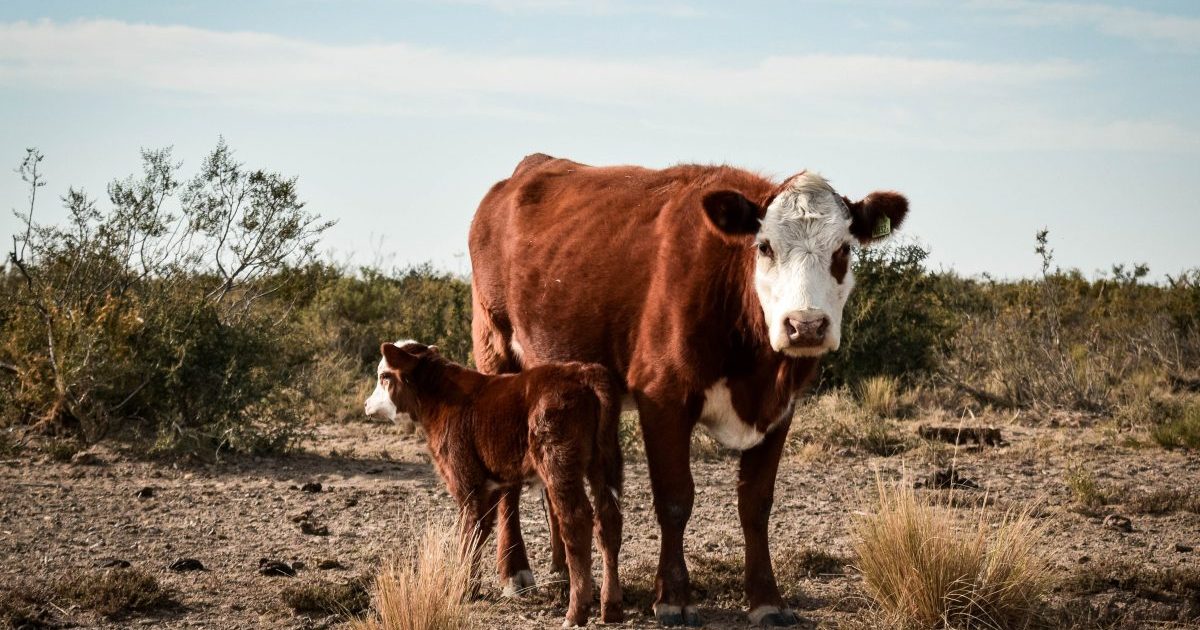By G. Garcilazo, J. Antenao, C. Musi Saluj, G. Olmedo, B. Devesa, C. Speciale and E. Donari (INTA Lower Valley)
The rainfall deficiency of the previous seasonthe stocking rate in each establishment and the choice of a correct grazing management system are determining factors in reducing the volume of available pasture.
According to climatic trends in the region, it is estimated that in the May-July quarter, the total rainfall for the period will be below normal in the East and West of the region, and above in the central zone.
In these scenarios, the signs of drought are evident in the vegetation, especially in the northeastern departments. This negative trend is intensifying and could have a significant impact on feed production.which in turn could result in a marked decrease in cattle weight gain and even possible death of animals.
foraging activity. Signs of drought are evident in the vegetation, especially in the northeastern departments.
Any phenomenon or event that affects the supply of forage, even for a short period, will also impact stocking rate, therefore, it is necessary to implement measures to adapt it to the availability of forage.
In the first instance, it is essential that each establishment undertake a comprehensive assessment of the relationship between available forage and grazing conditions. This implies carrying out visits to the fields to analyze the state of the forage species, identify the plants that are consumed by livestock and determine if there are limitations in the availability of food. In the same way, it is essential to examine the availability of forage in the squares that have not yet been grazed and, in parallel, carry out a thorough evaluation of the state or body condition of the bellies.
Any phenomenon or event that affects the forage supply, even for a short period, will also impact stocking rate.
If situations of imbalance in forage availability are detected, a series of strategies to be taken into account are recommended.. In principle, review the entire herd in the sleeve, by determining body condition, diagnosis of pregnancy and blockage.
After that review it is important remove old or injured bulls from the herd and decide to discard unproductive categoriessuch as bellies with low body condition, empty cows and less than half a tooth.
If the service is continuous and has calves less than 6 months of age, It is recommended to evaluate the alternative of early weaning to relieve the wombs by decreasing food requirements and preserving pregnancy.
less fodder. It can cause a noticeable decrease in the weight gain of cattle and even in the possible death of animals.
Besides, it is advisable to keep only replacement heifers and not to re-breed males and heifers for fattening. In case of choosing not to discard and sell part of the herd, other alternatives such as renting a field or taking animals to capitalization should be evaluated.
Finally, after performing the discarding and prioritizing categories, it is necessary to assess the need for strategic supplementation with foods with a high nutritional level to deferred forage.
Regarding food alternatives, The general recommendation is not to fall into magical solutions and to evaluate the cost of each food that you decide to buy based on the main nutrient (That is, do not compare protein supplements per kg of food but how much the kg of protein it provides costs).
A medium quality hay can be used as the only food that complements the pasture. A dry cow in the first 2 thirds of gestation can be sustained on 6 kg of mixed pasture hay. In the last third of gestation, the requirements increase, so oat or barley grain or a balanced feed for fattening steers should be added gradually, except for corn grain, which is not appropriate for situations of low forage availability and quality. . Close to delivery, these amounts should be doubled to meet the requirements of lactation.
Do not compare protein supplements per kg of food but how much the kg of protein it provides costs.
In recent years, new products recommended for these situations of forage scarcity have been disseminated on the market, such as liquid supplement, protein supplement pellets, ferment complexes and enzymes for licking.. Its use and application has been evaluated by professionals from the RN Bovine Livestock Program and private activity who always recommend seeking technical advice before making decisions and evaluating the amount of pasture available in the field. If there is not enough forage available, any supplementation will be ineffective. In addition, it is essential to evaluate which feeding alternative is best suited to each system, based on its comparative nutritional cost, practicality, and other advantages.
It is important to remember that the best way to monitor the results of any feeding practice is by observing the body condition of the animals. In this way, the loss of body condition that compromises pregnancy and/or lactation will be avoided.
